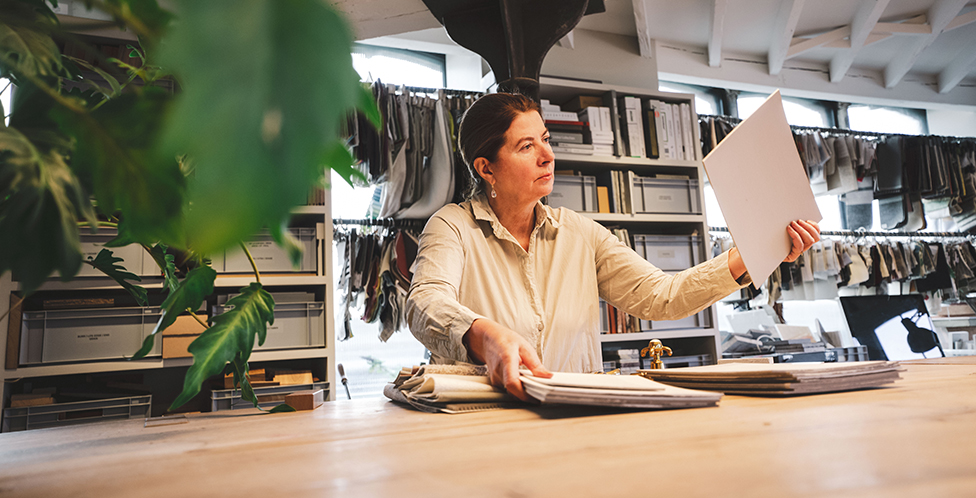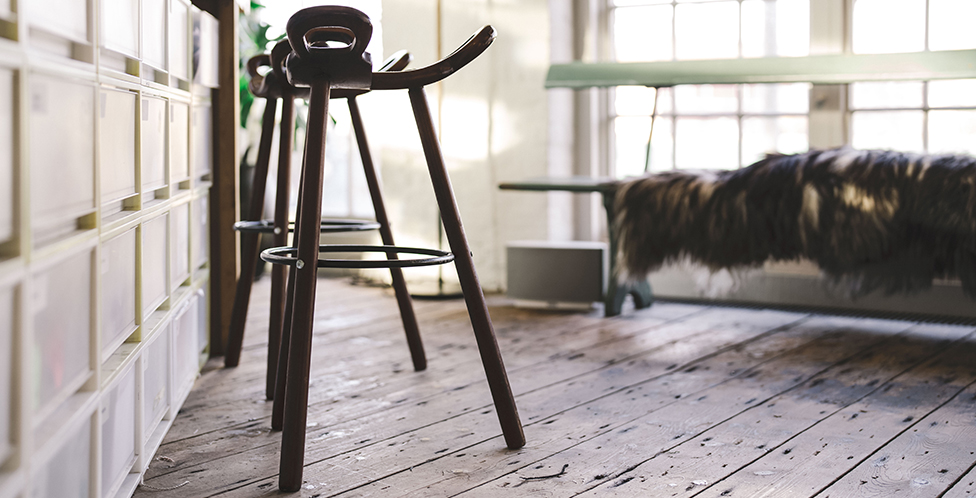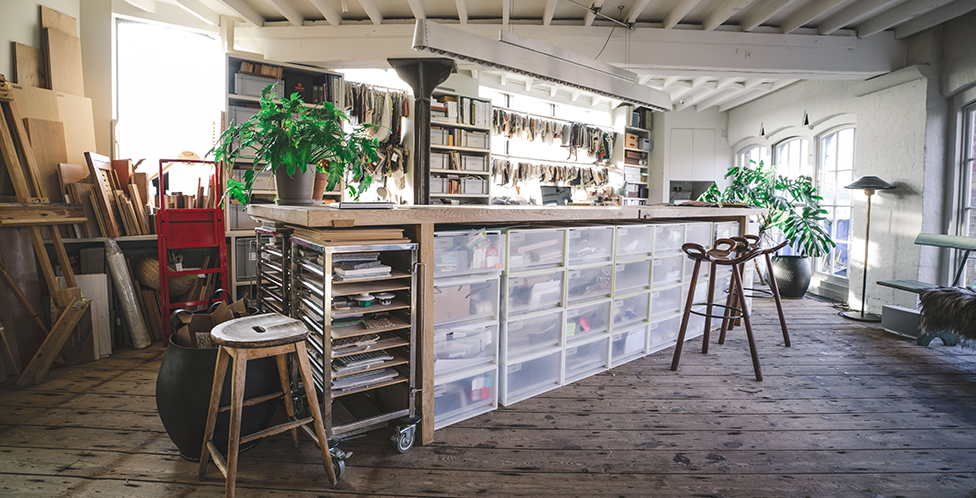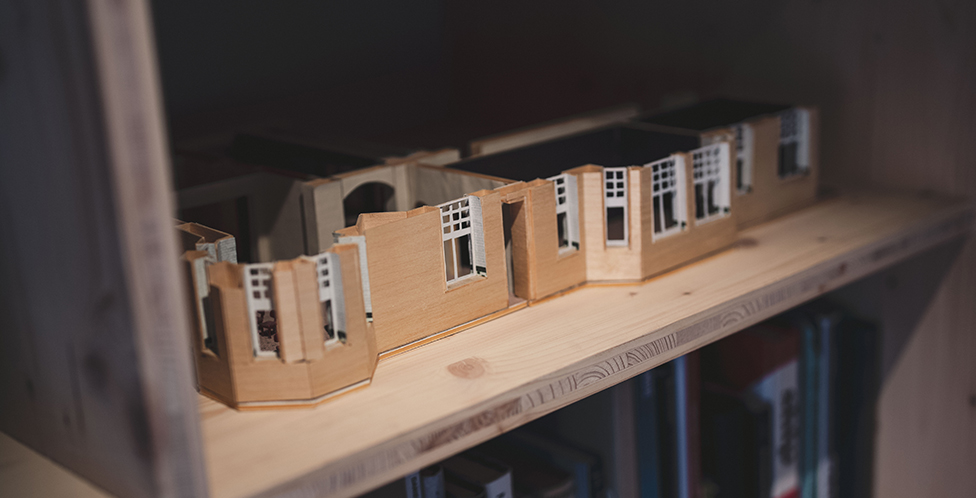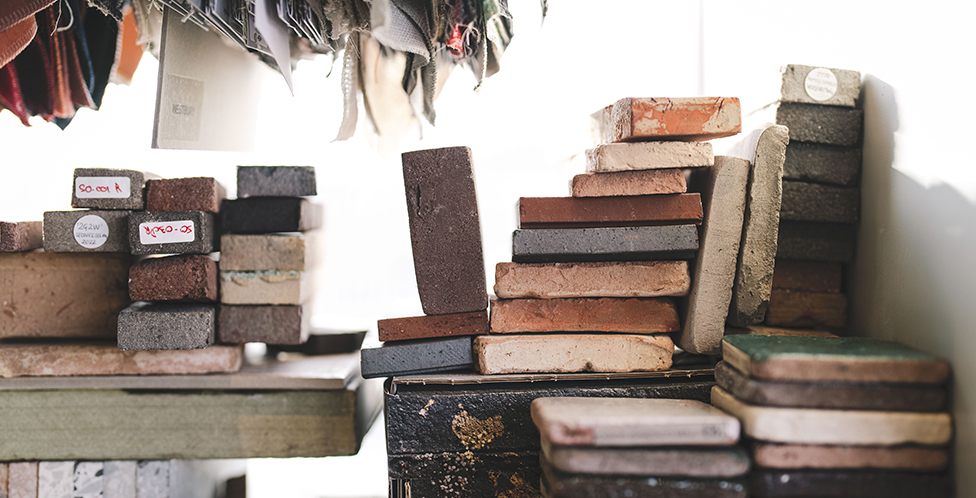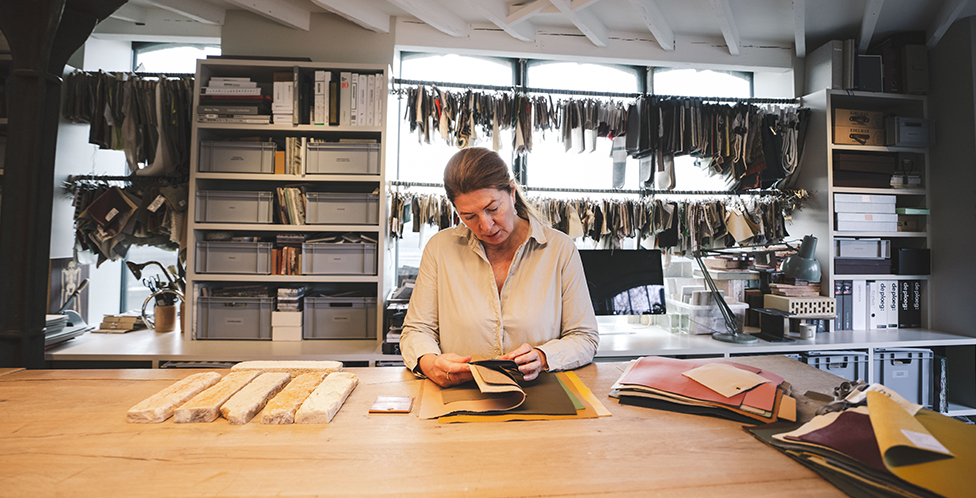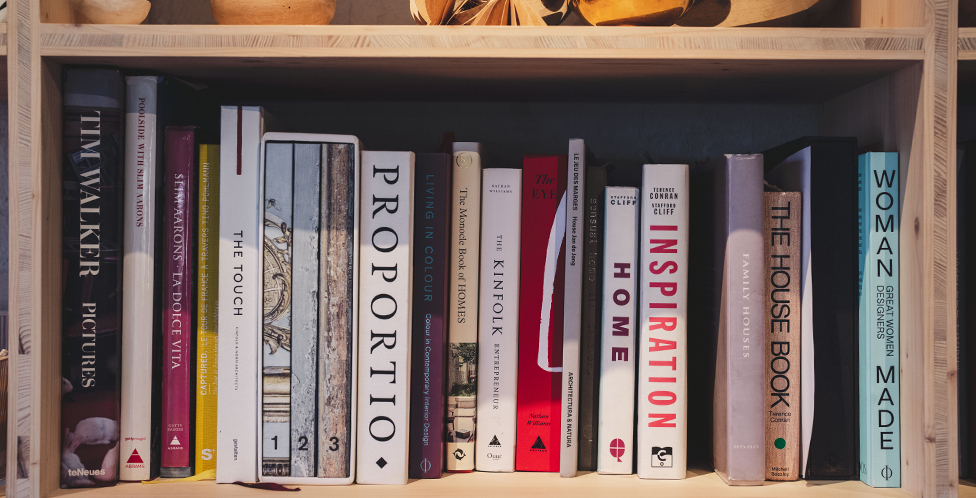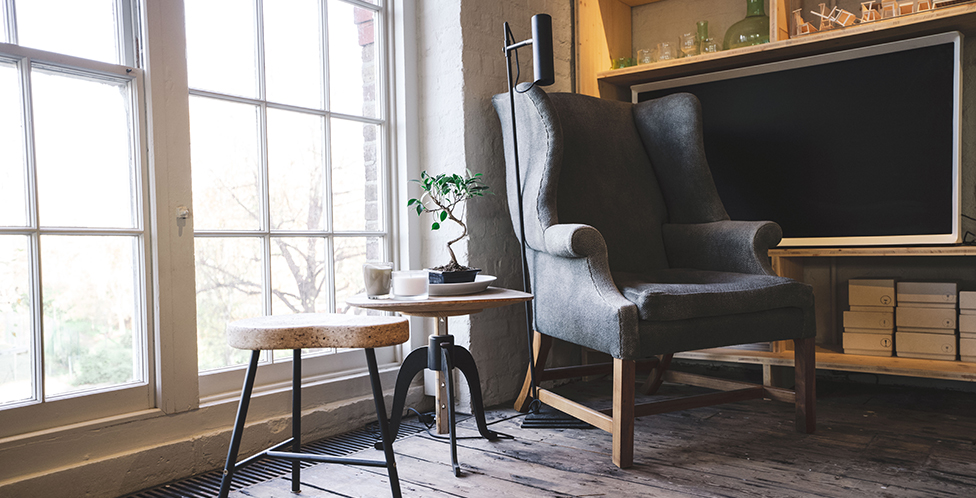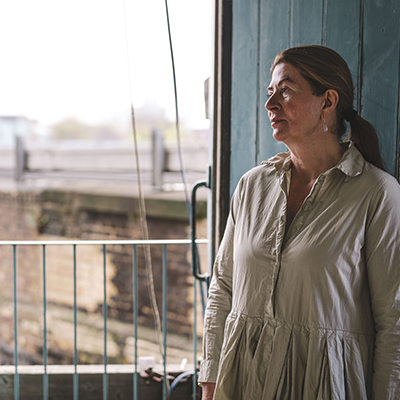Using air quality
to create positive change
in people’s behavior

How a place makes one feel is often overlooked in design, but
the atmosphere and air in a space can have a huge
psychological impact on the visitor.
Text by David Phelan
Photography by Malcolm Griffiths

The place that you are in can shape your mood – for good or bad. What you see, hear, or smell will impact how you feel. That means the design of the spaces that surround you is important.
British designer Ilse Crawford is celebrated for understanding the psychology of her trade. Her work – on the New York outpost of private members’ club Soho House, the Ett Hem hotel in Stockholm, and Cathay Pacific’s new luxurious airport lounges – has focused on how materials, lighting, furniture, and even the air quality can influence the environment that you are in. Here, we talk to Crawford about her work and the opportunity to do things better.
Driving Positivity Through Design
What do you see as the responsibility of the designer? You are known for understanding how design can change how people feel. For you, is this one of the key elements of being a designer?
I'm very interested in the psychology of space. I think about how people feel, how they behave. Buildings can change the way we act, no question. For example, take the Refettorio Felix [the London outpost of a project created by chef Massimo Bottura to create a dining hall for people living in socially vulnerable conditions].
This was about creating far more dignity for people using what had formerly been a soup kitchen – turning it into a community kitchen where it was beautiful, where they felt respected. And which shows that people care. Design is a very powerful communication tool.
What I'm also interested in – and I think what worked very well with Refettorio Felix – is design that not only makes people feel respected but is also beautiful. So, locals were more open to volunteering; they weren’t put off by the space.
And even more importantly, the space attracted the interest of companies that wanted to rent the venue in the evening when it wasn't being used. So, money went into the till, which made the space more sustainable. I think that is a role design can play across the board: it can positively change people’s perceptions about what a space dedicated to a specific purpose should look like.
How did the architecture of the buildings influence the development of Ett Hem?
When it comes to design, Ett Hem is a different kettle of fish. You might think, it's an upscale hotel. But actually, the fact that there is no back or front of the house changes the way that guests relate to the staff and therefore changes the way guests feel about themselves. It changes the whole atmosphere, which has had amazingly positive outcomes for the team.
I mean, Jeanette Mix [owner of Ett Hem] manages to keep staff for ages, which is unusual in Stockholm. And even when staff do leave, they're always still somehow attached. They feel part of that place, that family, and that's because, unlike many places in the hospitality industry – especially hotels – they don't feel like they are staff. They don't feel servile. I think that design plays a part, but it's not the only thing. We all know immediately when we arrive at somewhere like Stansted Airport that our feelings are not top of the list. I think design has many hidden messages, and I think we pick up on them very quickly.
Challenges in Closed Environments
Speaking of airports, how did the Cathay Pacific airport lounge project evolve?
We were concerned with how, if you are using a lounge, you want to feel that someone's paid attention and taken good care to get the details right. It is the height of the chair or whether or not it swivels, and so on, so that you can avoid locking eyes with the person opposite if you want to. The light is important, because I think pools of light create artificial architecture, so to speak. They create ownership in a way.
The reality is that if you're going to an airport lounge and you are lucky enough to have enough time to hang out for a bit, you really want it to be somewhere you can just breathe for a second. You've probably come out of an office or off a Teams call or a long taxi drive. You're not feeling your best, and you want to calm down and let the blood pressure go down so you can, for a minute, just be. But this was not something covered in the brief. So we thought, well, what would we feel? You want to breathe; you want to have a drink or something fresh to eat. We talked to a lot of our friends, and almost every one of them said, “We want something fresh and healthy and liquid because we're about to get on a flight. Ideally, once we're on the flight, we want to go to sleep.”
And so, we designed the lounges around that idea. We really focused on food, because there's nothing worse than the smell of, you know, heat lamps in the morning. We suggested they make the most of their popular noodle soup offerings, but they were worried it wouldn’t be enough. There is this whole idea that luxury or premium equates to more. But it doesn’t, it's about quality and staff who can look you in the eye and personalize your experience. So, we said, we can make it feel like more; we can make it beautiful. A beautiful bar is a beautiful bar, and we can bring out some of the staff from behind the scenes so there are more people who can interact with the guests.
How important is air quality in an airport, and what can you do to make the most of it?
The air quality is definitely important. Take the smell: the airport can be as beautiful as you like, but if it smells of old baked beans it’s not really kidding anyone, is it? In an airport, it’s not like you can open the windows; cross drafts don’t really work.
So, in our case, it was about using what we call “real materials” instead of toxic fabrics. It was about largely avoiding paint, because we’ve got cherry paneling on the walls, which is not just pleasant but also super durable. We installed a stone floor, and where we used carpeting, we chose quality rugs as opposed to carpet tile – which is often seen as more practical but seems to always get horrid.
Finding the Perfect Partner
What’s the process when you meet a new client? Do you try onboarding them to think about bigger ambitions than just how a project will look?
It is certainly true that our best projects are when our clients have courage, where there's an individual who really wants to make their mark. And if I were to look back, that's probably been a consistent thread in the clients we choose, whether it's their own project or they've come to us on behalf of their company.
No one ever comes to us and wants to create a business that fails. But they do want to go into the unknown, be part of the future and not the past, and be a catalyst. And I think it's our job to look at the context and try and understand how you can use design to be that bridge – while also making sure that the client has the necessary determination to get there. They have to be more heart than head, because otherwise it’s best to avoid going into the unknown.
Air, Health, and Sustainability
With Ett Hem, how important was air quality?
It’s quite interesting, actually. It’s Stockholm, so it's not exactly sunny climes. The original building was a 1910 house, so very much full of generous, openable windows. We initially thought that would be enough to manage air quality – but in the hotel industry, it's not. Once Jeanette, the owner, started offering bookings through agencies, she discovered that for prospective guests in the US, for example, air conditioning was absolutely essential, no matter where they were going. So now, there is air conditioning in the bedrooms even though there are openable windows and doors as well.
Relatedly, how does airflow work best in a building, given that your world is not plate-glass boxes or based around show-off design?
I know that common sense seems to be extremely uncommon in a lot of building design. When we were in our old studio, we realized that air wasn’t flowing through because there was a glass wall in the way – a pretty glass wall, but it was right there in the middle. You just need to make sure that you can throw open those doors, throw open those windows; do it rather than just forget about it. I think it's one of those things that should become part of your everyday routine. So what if you have to put on a jumper? It's just better to have that feeling of air. I certainly do think about fresh air and just basic things like water as well. You know, simple things: the studio has a purified water tap. It's a small but significant thing. Everybody uses it all the time.
As somebody who has also been a teacher, what are your ambitions about the future direction of design for example, do you believe that the question of sustainability needs to be central to everything that we do?
Students in the course I helped set up at the Design Academy Eindhoven were concerned with this. Some people looked at the systems that they were designing. One student from Colombia worked in a glass project. Working with a nationalized gold mine, he organized an arrangement with the government that would allow the miners to keep the mining waste. He managed to get a kiln where the miners could use the waste to make glass, which they could then own. So, he designed that process, and the miners now sell that glass to various places, including Ett Hem. It's the idea that you can use both the set of values and the aesthetic tools you have, alongside the systemic tools.
There's another set of designers who graduated several years ago who work with bark, straw, jute, and other materials that have not been considered valuable to date to make them valuable. They are concerned with sustainability, and by using beauty, tactility, and humane values, they manage to elevate materials that may not be considered valuable but are environmentally very sound.
Health is obviously a big part of that as well, because everything's connected. We talk about air, but you can't talk about air without talking about the context of air. Does it travel across textiles and dyes that are toxic? Plastic particles? What about the architectural interior design of the space it enters? Air is affected by the paints you use, as well as by openable windows. What really matters is that you think in terms of essentially holistic design, in terms of whole systems.
Profile
Ilse Crawford, Founder of Studioilse
Ilse Crawford is a designer, teacher, creative director and founder of Studioilse. She also founded the department of Man and Wellbeing at the Design Academy Eindhoven, and was its head for two decades. By choosing to address true human needs (not manufactured ones), she has pioneered humanistic design in its real life application to environments, objects and experiences. This means design that can help us be better humans by always designing for positive mental and environmental impact. It means thinking about cause and effect, and understanding the bigger systems that underpin everything.
